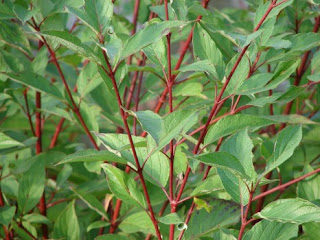 |
| Trillium grandiflorum April 8, 2013 |
 |
| Trillium grandiflorum April 25, 2013 |
Trilliums are a beautiful addition to a shade garden. This Trillium grandiflorum starts out with this smallish white flower which will grow larger and turn soft pink within the month.
One of the great advantages of Trilliums is they grow in the shade of large trees in root bound soil, competing for nutrients and water. This photo is of a Trillium growing under a mature Birch tree, planted long ago and far too closely to a mature Pine tree, which in turn is planted far too closely to a mature Spruce. This Trillium also must compete with Lamium, visible in this photograph, although we regularly try to eradicate the Lamium.
This Trillium has been reappearing every year for at least 5 years now. Each year the plant gets slightly larger.
We bought this Trillium from www.Botanus.com, an online catalogue for bulbs and corms and the like, as well as some bare root plants. Botanus is a Langley based company run by women. We like Botanus because it is local, reliable, friendly, and there aren't enough businesses run by women. If you have a question about their products or delivery, the toll free telephone number is answered by the women in charge.
Ordering bulbs online is so much nicer than standing in a nursery juggling bags of bulbs and tags. Ordering online means sitting down with a cup of tea, at a desk with a pen and paper, and organizing your order effectively. The Botanus online calendar has great information about the growing conditions for bulbs, and the photographs are also accurate, not luridly enhanced. Botanus has two catalogues per year: one for plants to be planted in spring and one for plants to be planted in autumn.





















